“I’m Sorry”: The Two Most Important Words A Business Can Utter…
I’m in the middle of a great book, Predictably Irrational (amazon affiliate link). The author, Dan Ariely, gives specific examples of irrational behavior rules our behavior.
In the chapter on revenge and how we desire to punish folks who treat us unfairly, Ariely details a mind-blowing experiment.
The Revenge Experiment…
The experiment, setup to test whether or not feeling mistreated can be mitigated, basically started with the same scenario:
A test giver approached people at a coffee shop and offered them $5 to take a quick test. After each participant agreed, the scenarios diverged into three distinct paths:
- The test giver would explain the test without any interruptions.
- The test giver would take a two-minute long phone call in the midst of explaining the test. He made no apologies.
- The test giver would take a two-minute long phone call in the midst of explaining the test. He would later apologize.
Then he would pay the test takers the money. In all cases, he “miscounted” and included a few bucks extra. The results blew me away. Here they are:
- A majority of people told the test taker he had given them extra money. They didn’t pocket the extra money.
- A majority of people kept the extra money.
- A majority of people told the test taker he had given them extra money. In other words…
…saying “I’m Sorry” wiped the slate clean.
This is so true in any business. I remember when I started dealing with upset customers. At first, I found it hard not to take customers’ criticisms personally.
No matter how you design software, there are some folks for whom it just won’t work. When that happens, people aren’t particularly articulate. They immediately recall every bad experience they’ve had with software and you get lumped into that group.
A few months into dealing with upset customers though, I realized that it wasn’t about me or my feelings. We hadn’t lived up to their expectations. That’s when I started saying “I’m sorry” to those customers. That’s what I started any email to an upset customer.
Will “I’m Sorry” Help Mend Everyone’s Upset?
The thing is, about 80% of the folks who you say some variation of “I’m sorry we let you down” will be thrilled. They will be willing to give you another shot. 20% of people are just embittered and no amount of “I’m sorry” will do anything.
Saving 80% of folks who would write a negative Yelp review? That’s a pretty good rate of return. Additionally, it costs you absolutely nothing to apologize.
How To Implement It Today…
Find folks on your Yelp! page who gave you one-star. Then using your Yelp biz login, contact them privately. Tell them you’re sorry and is there anything you can do to make it right? See what happens.
It won’t cost you a dime and it might just turn around negative reviews!!



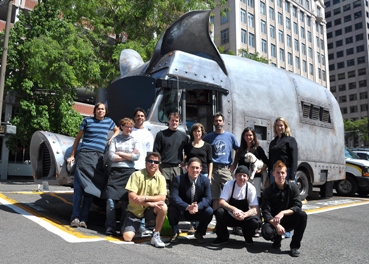
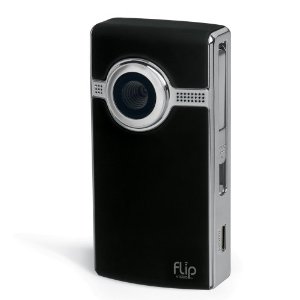
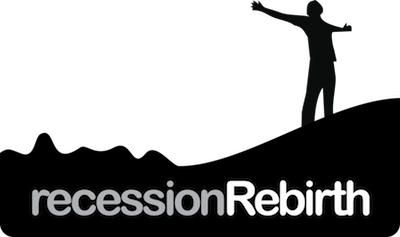

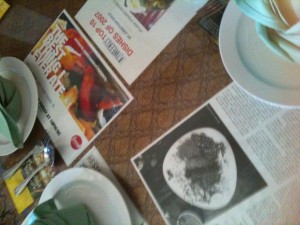



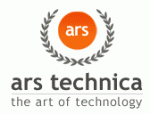
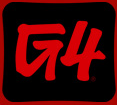


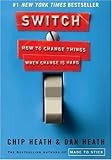






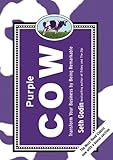


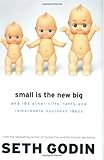

Recent Comments